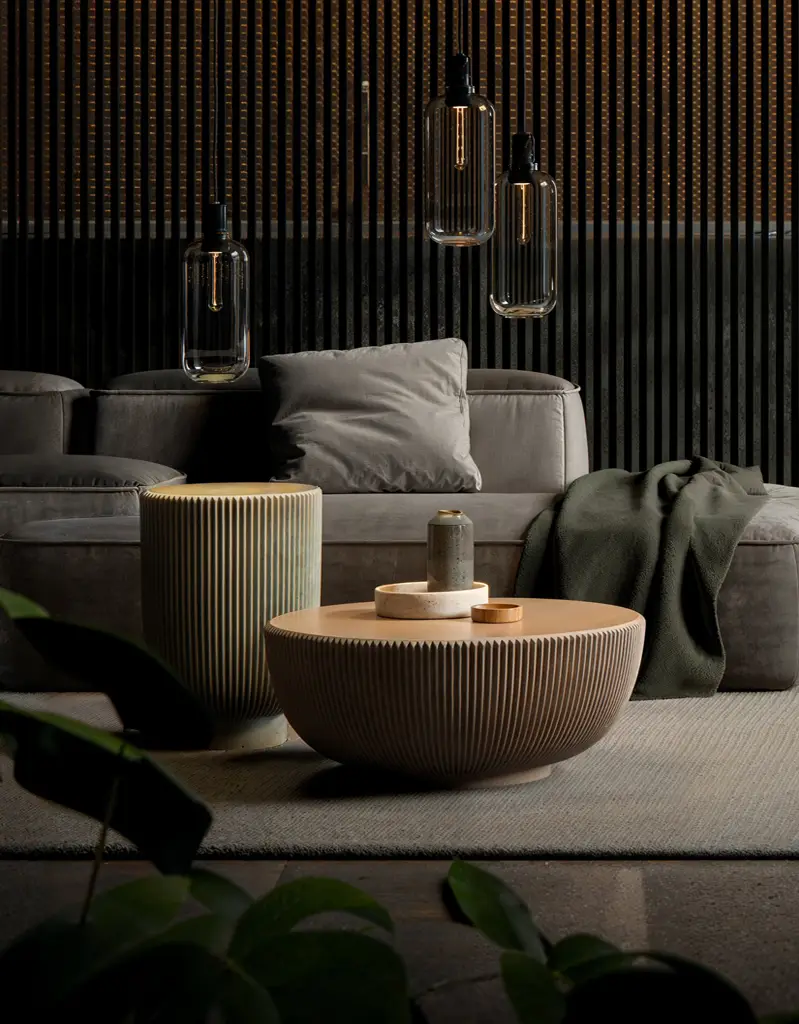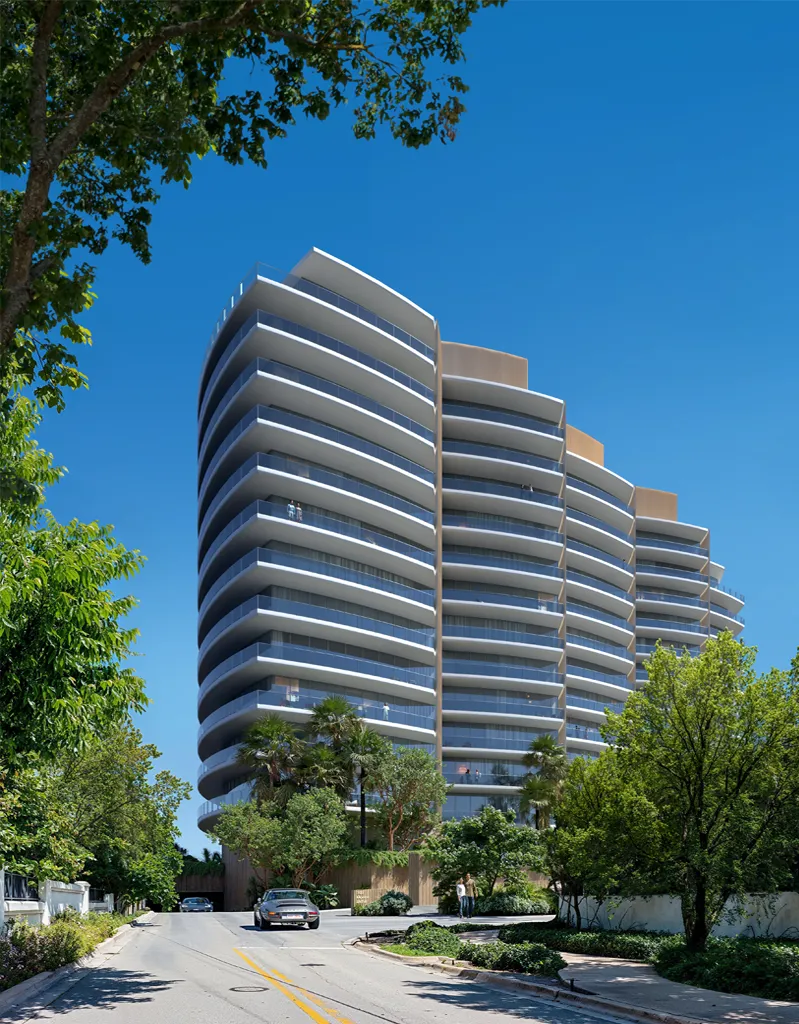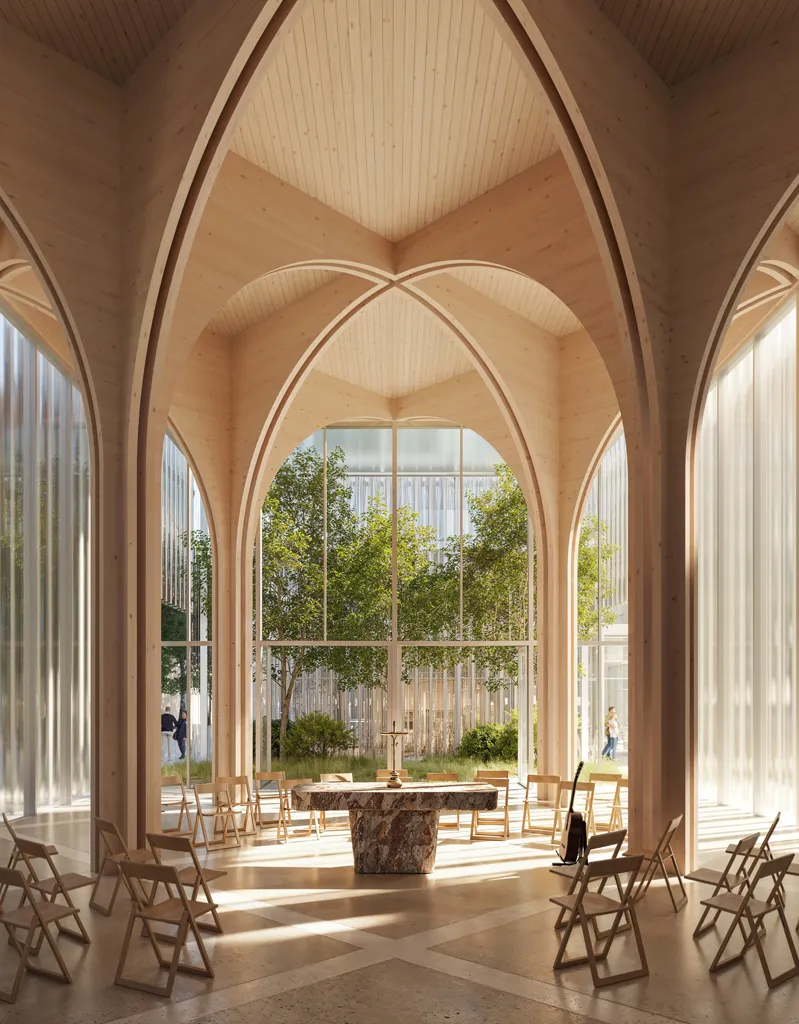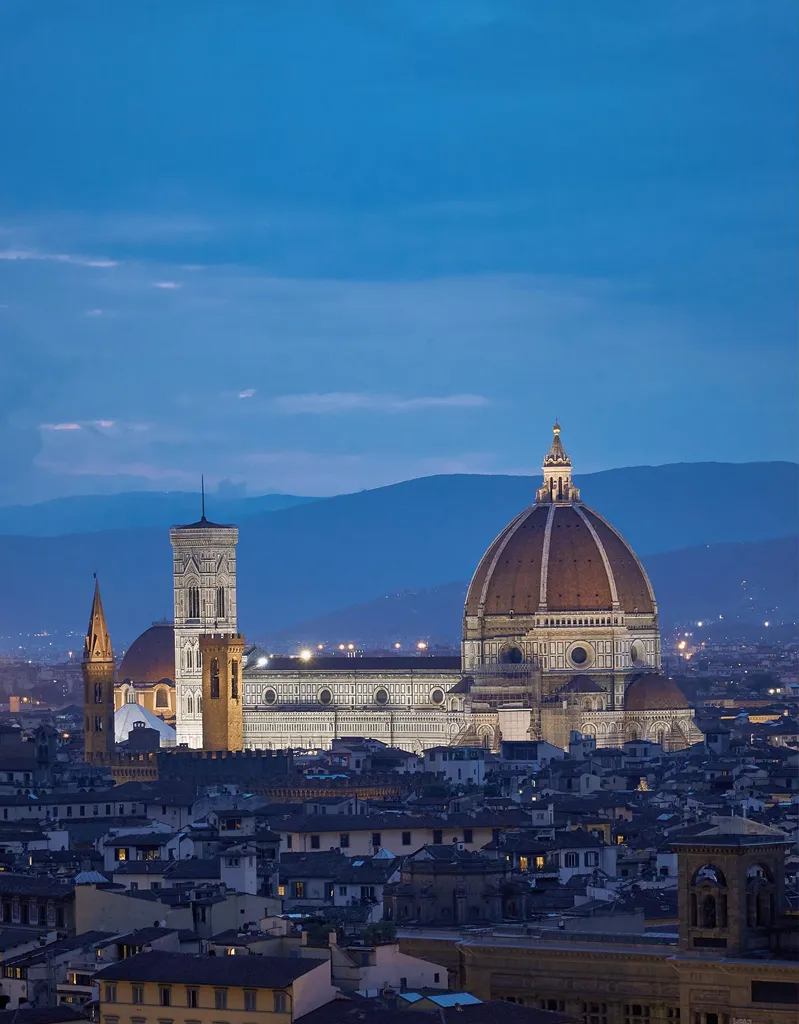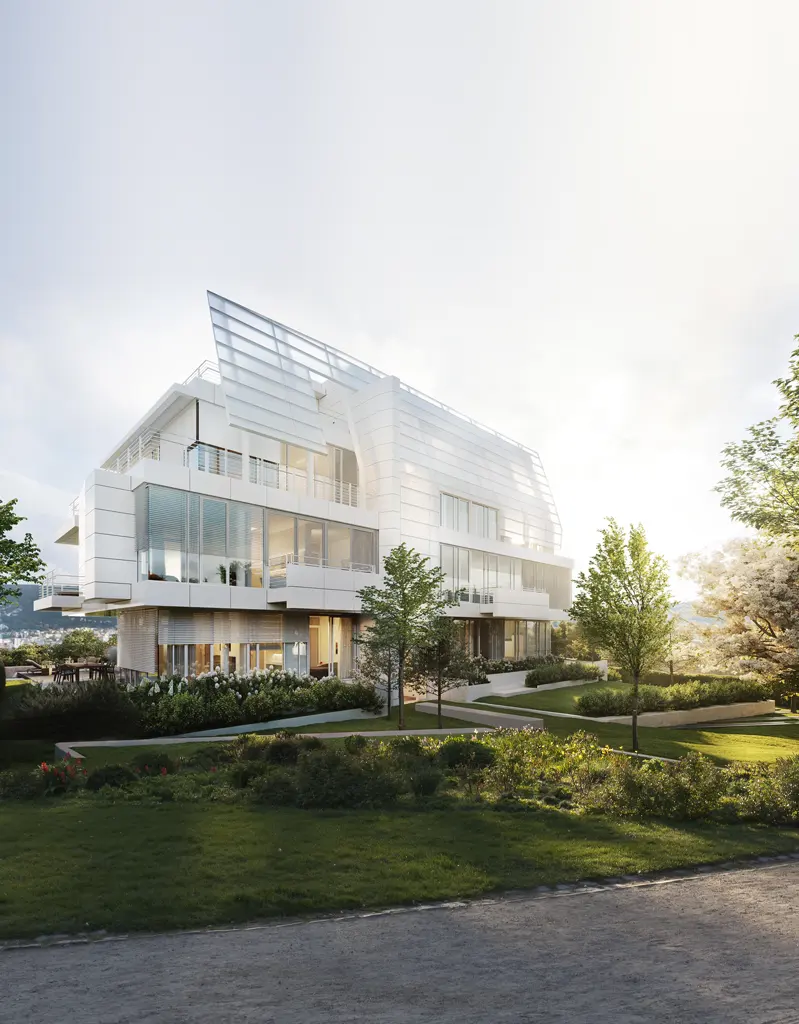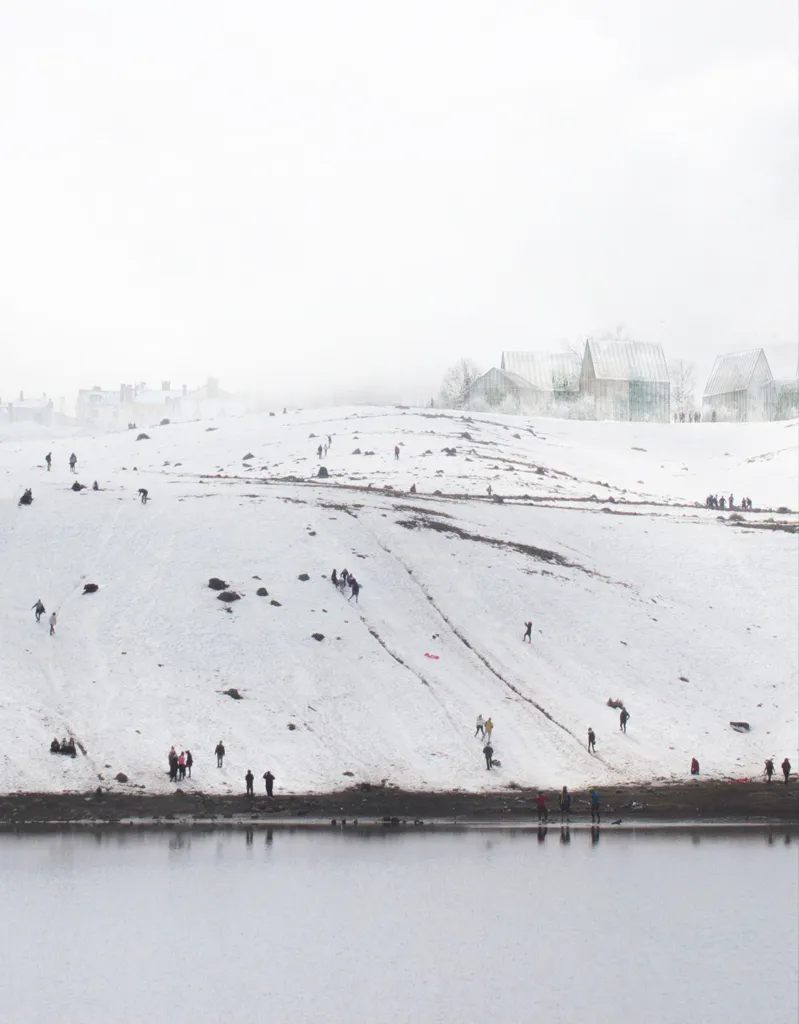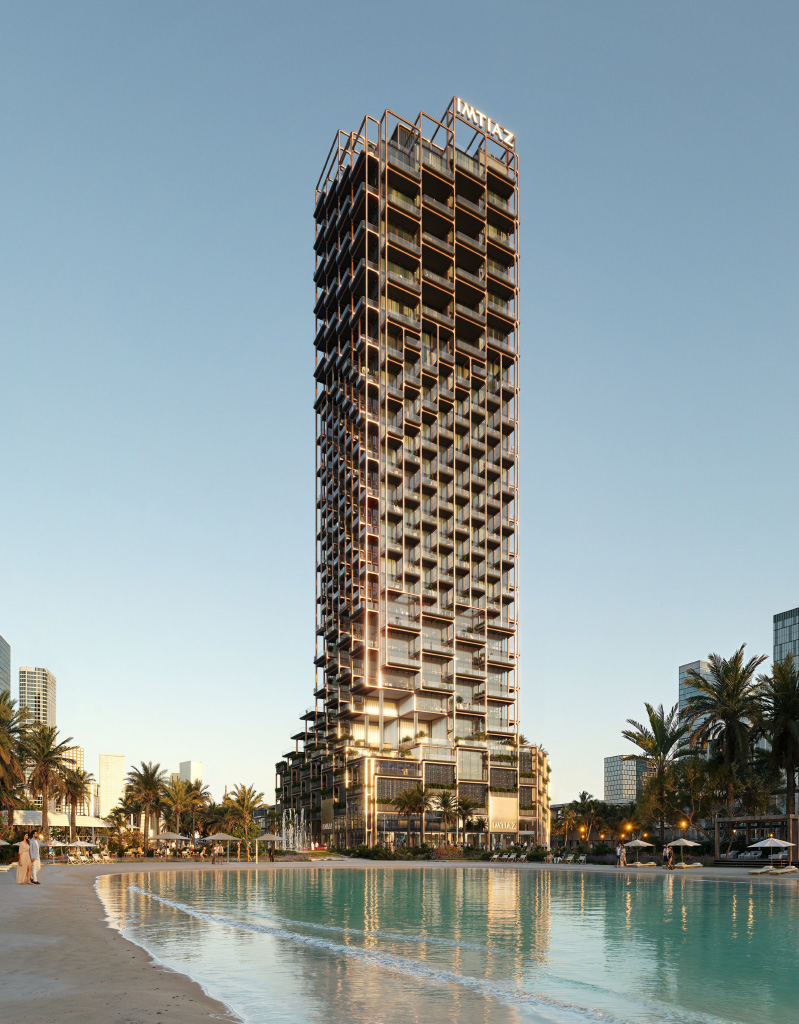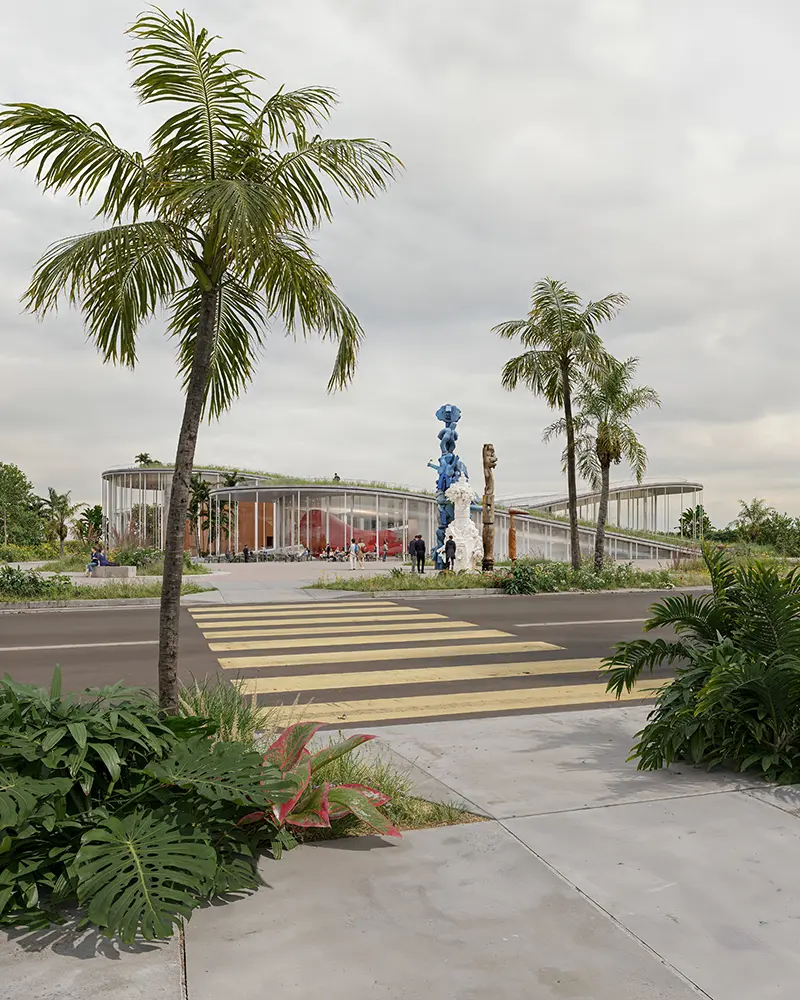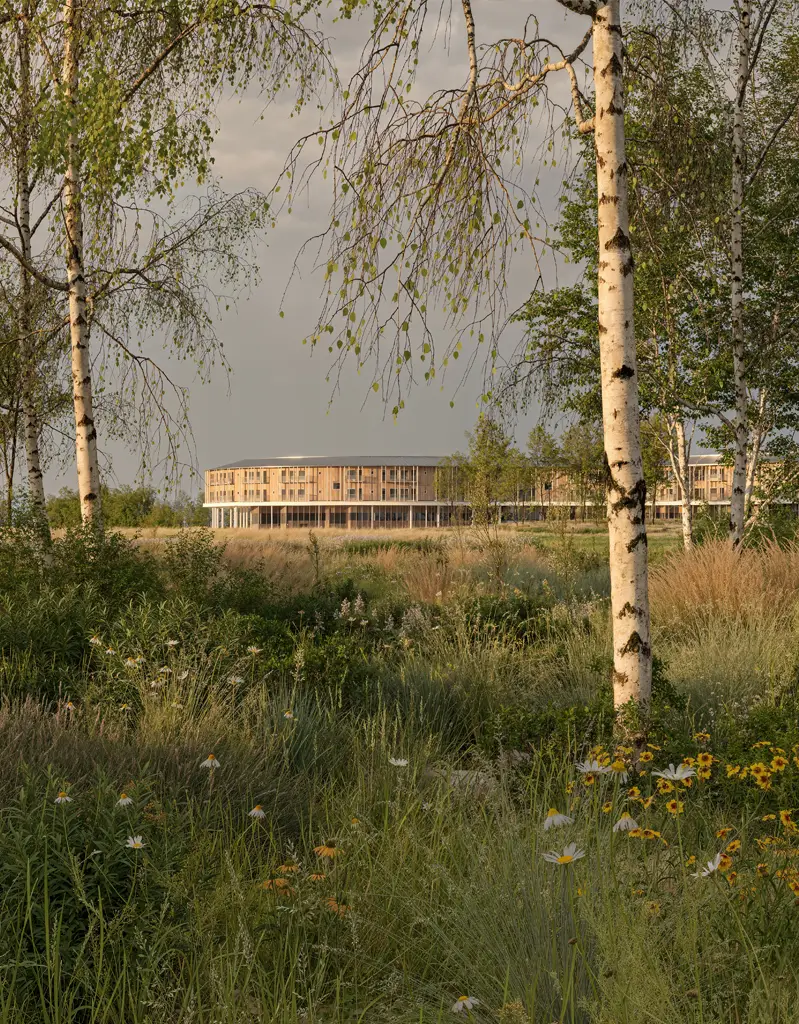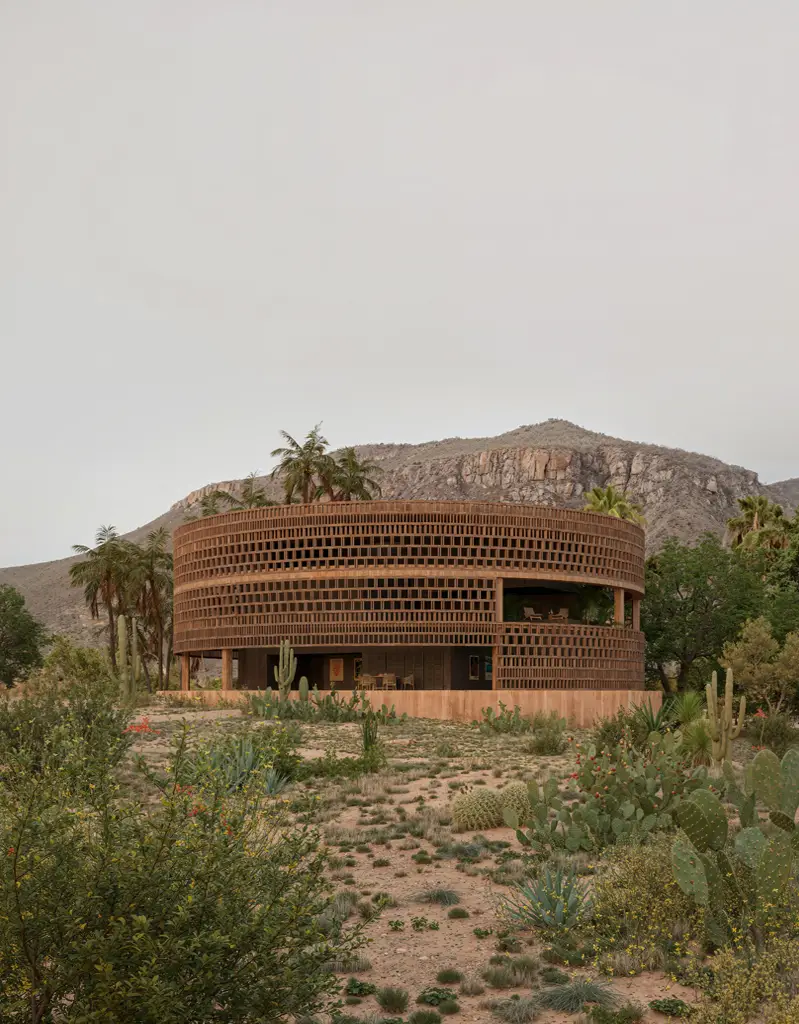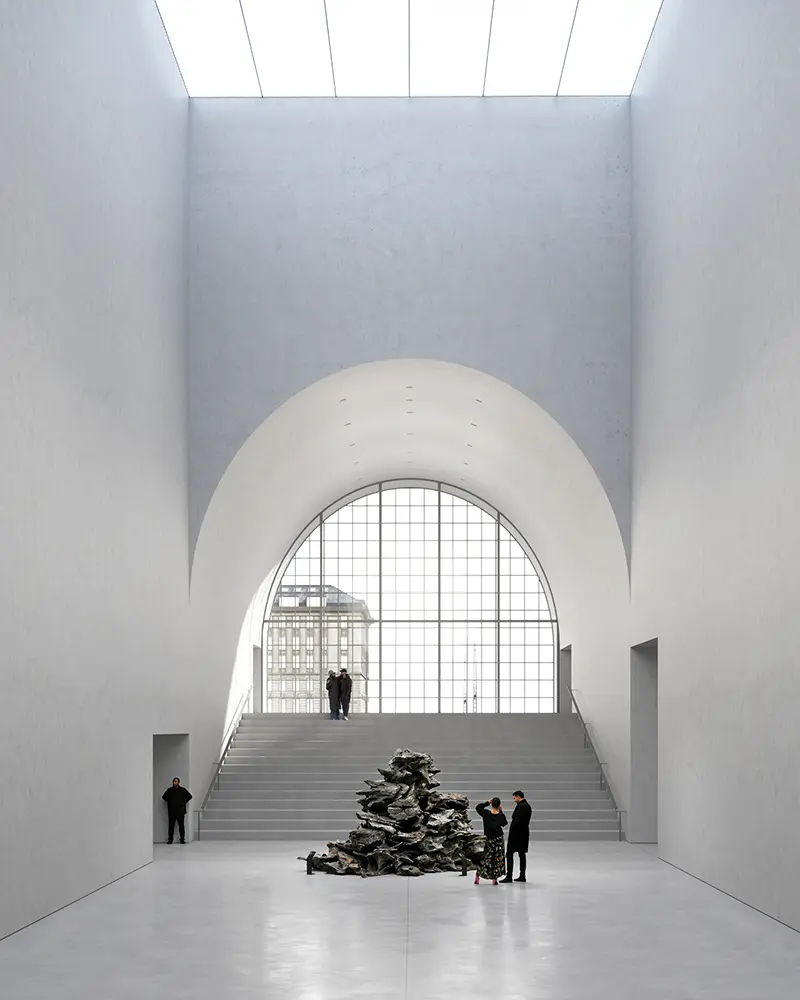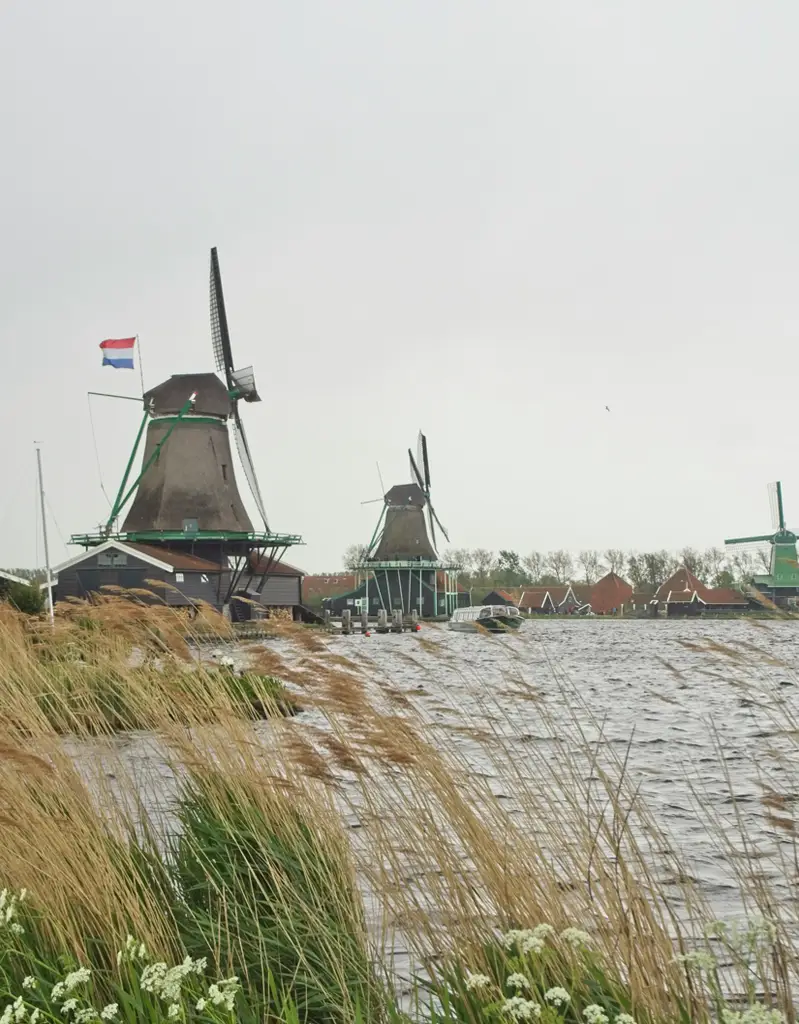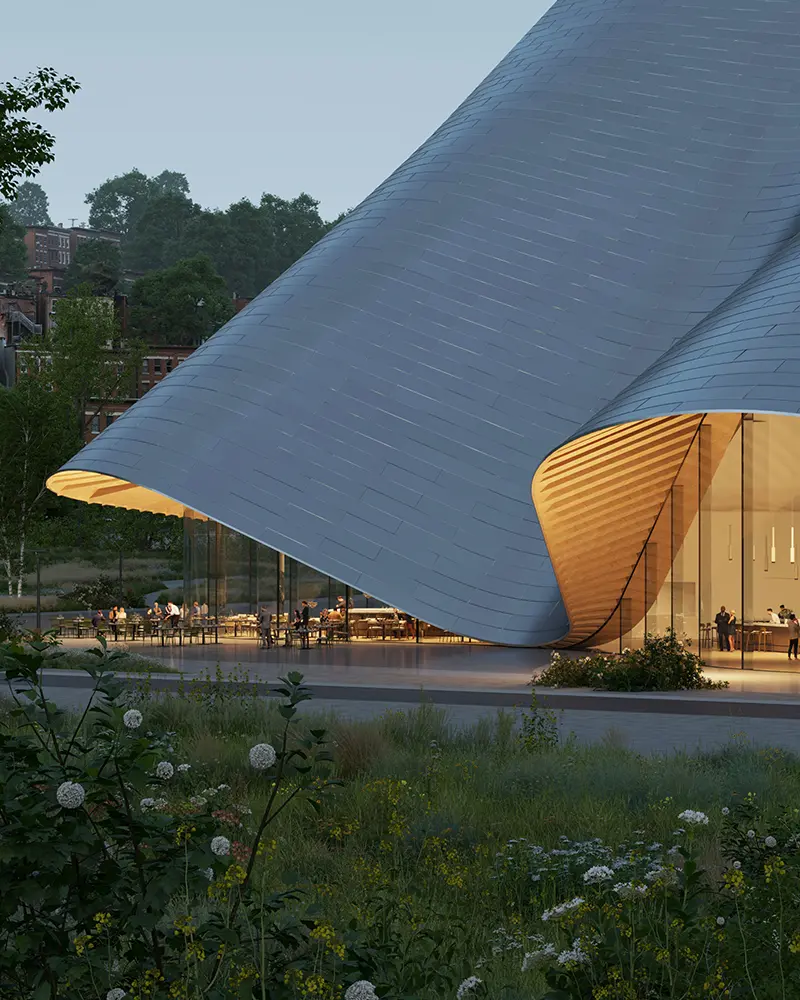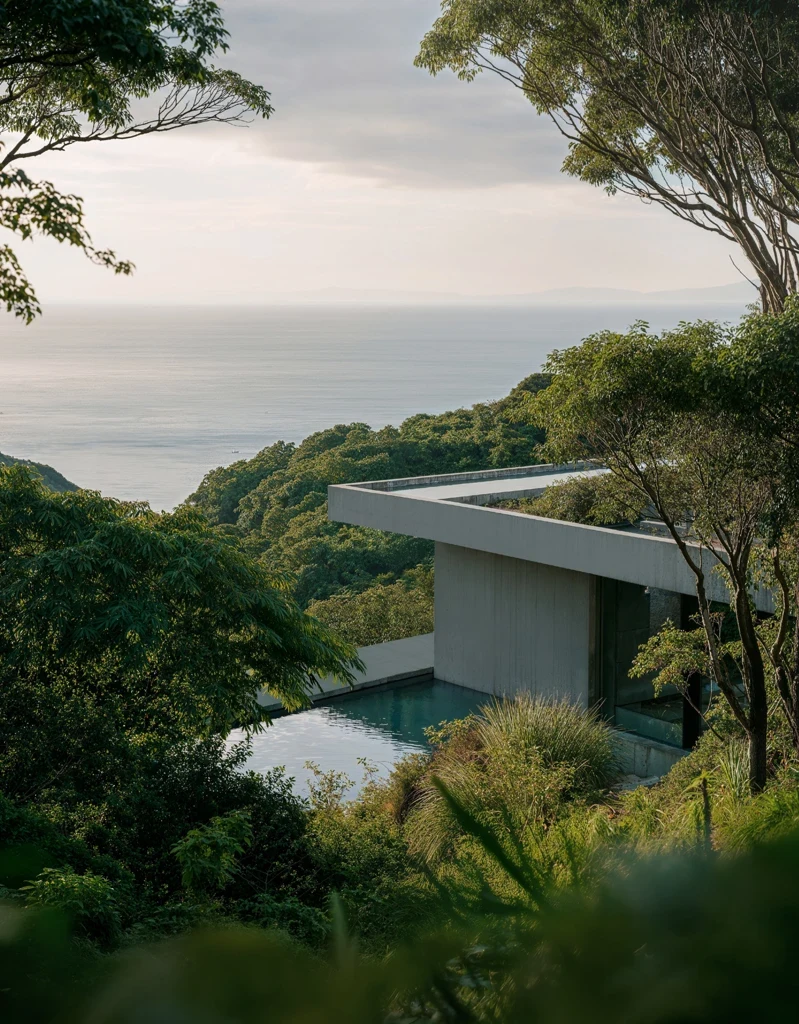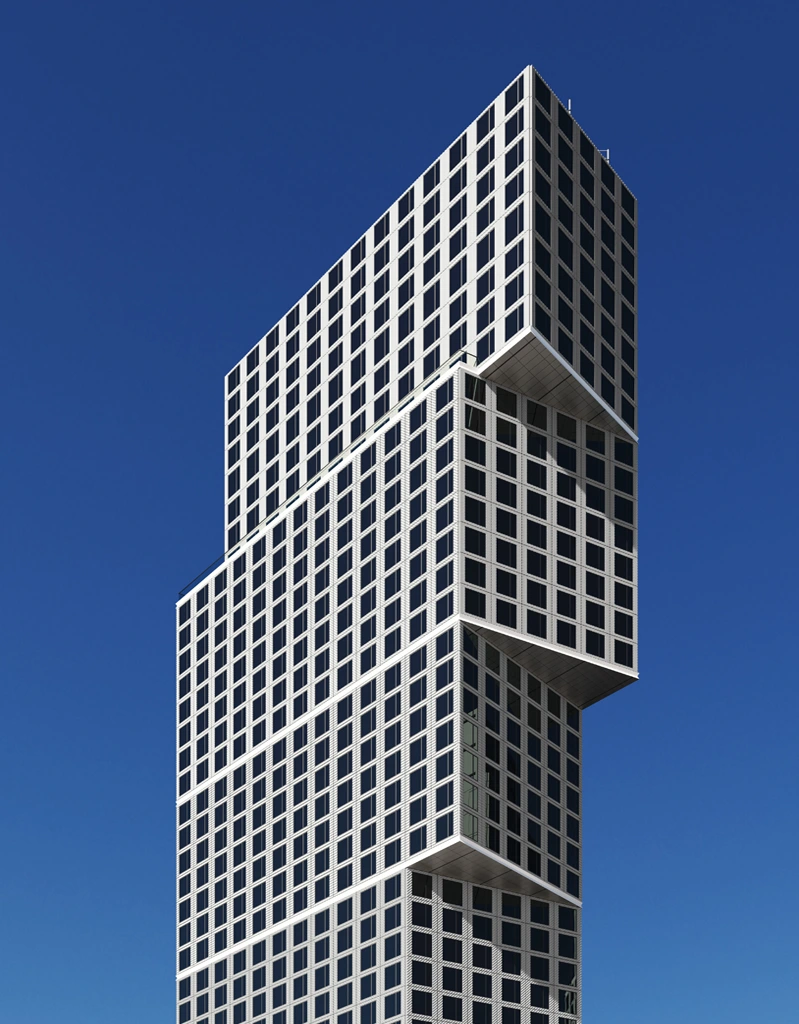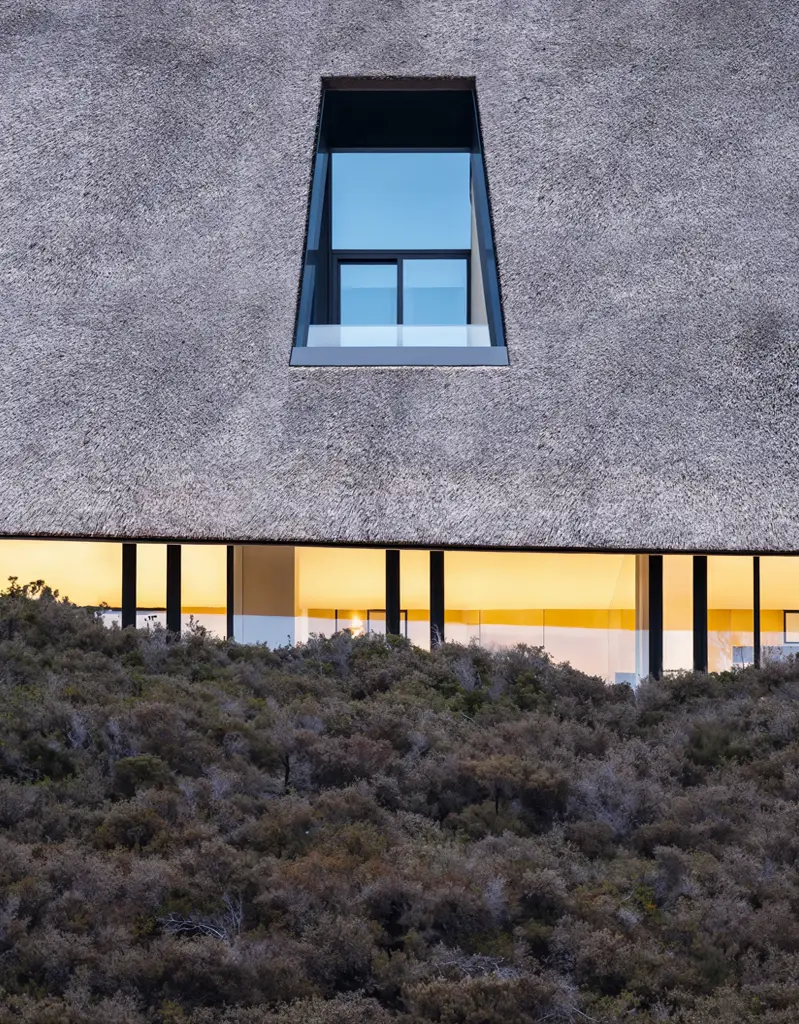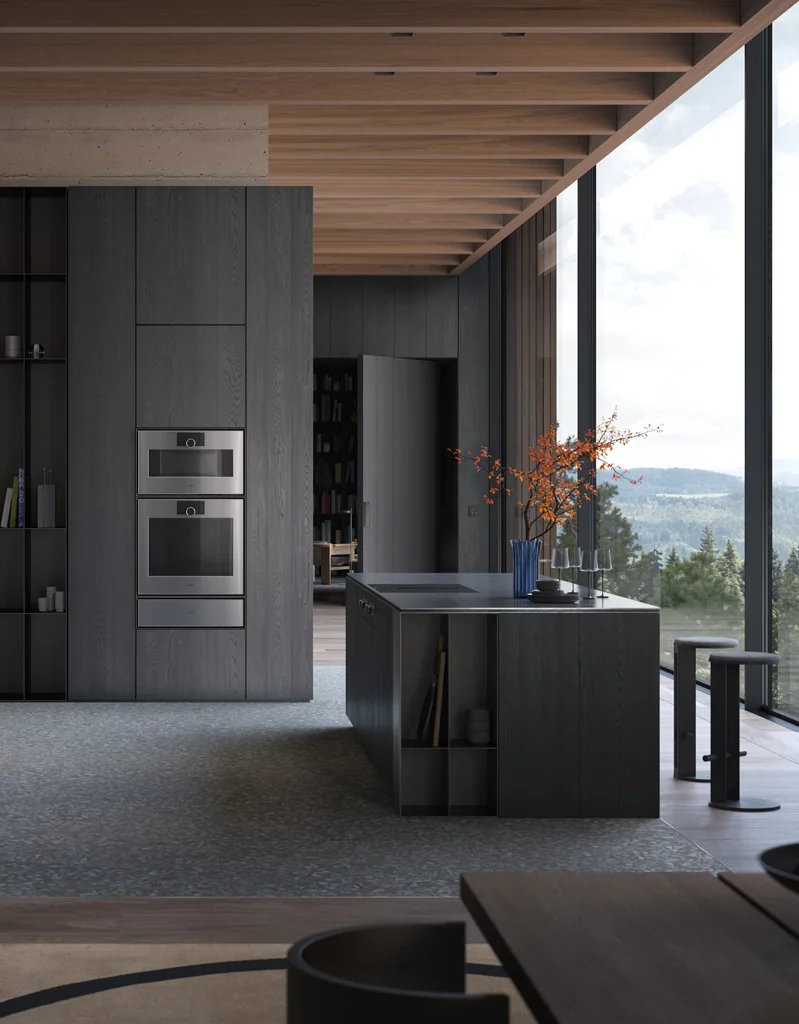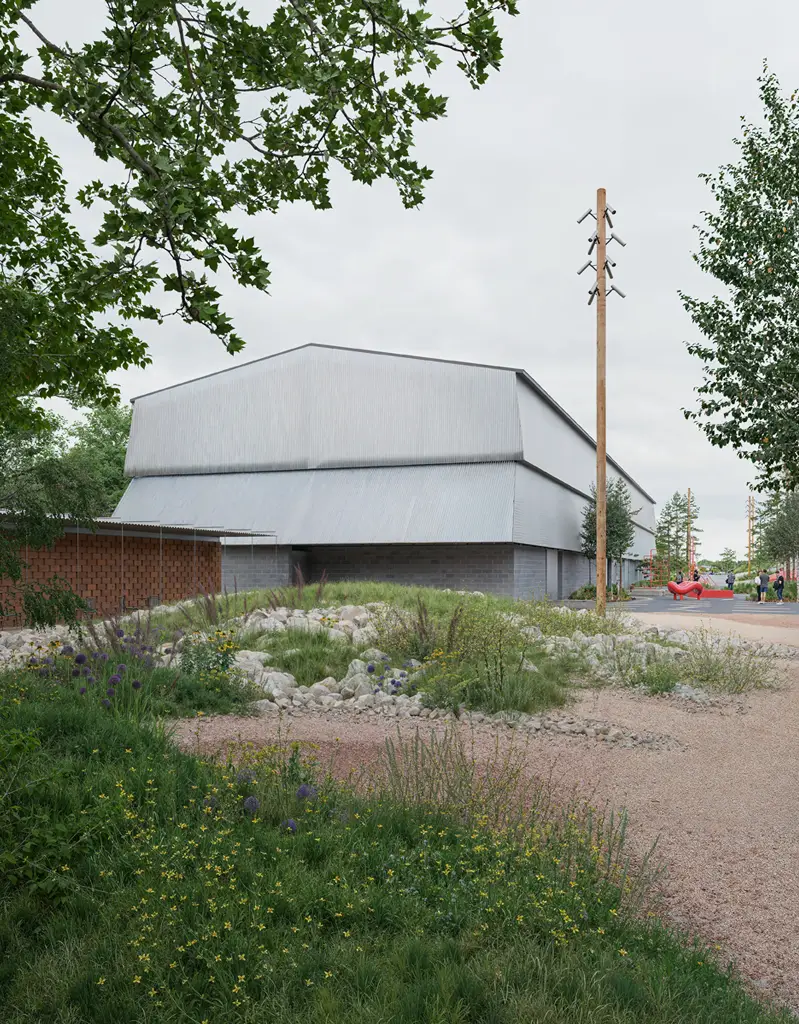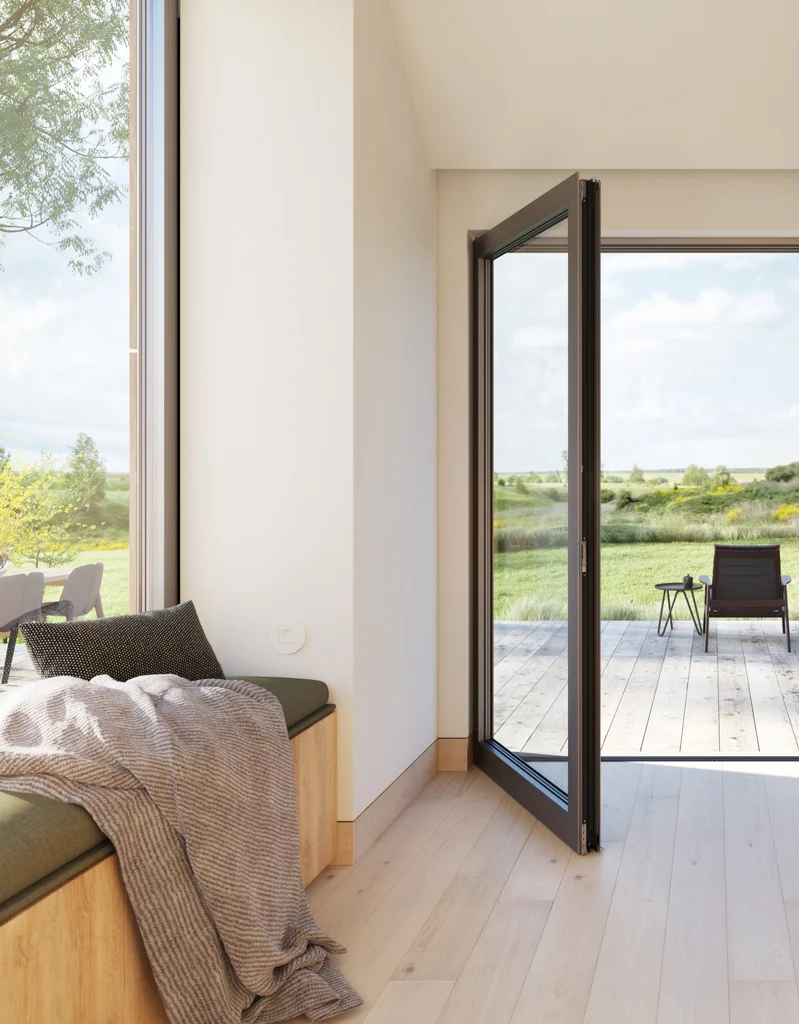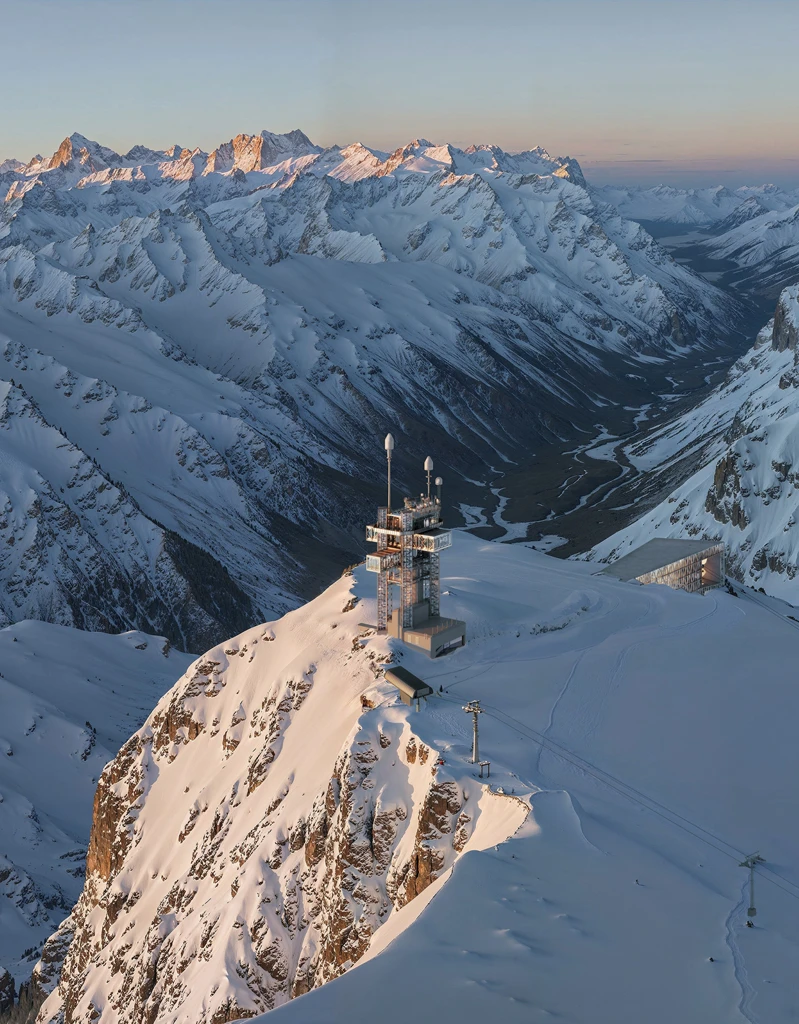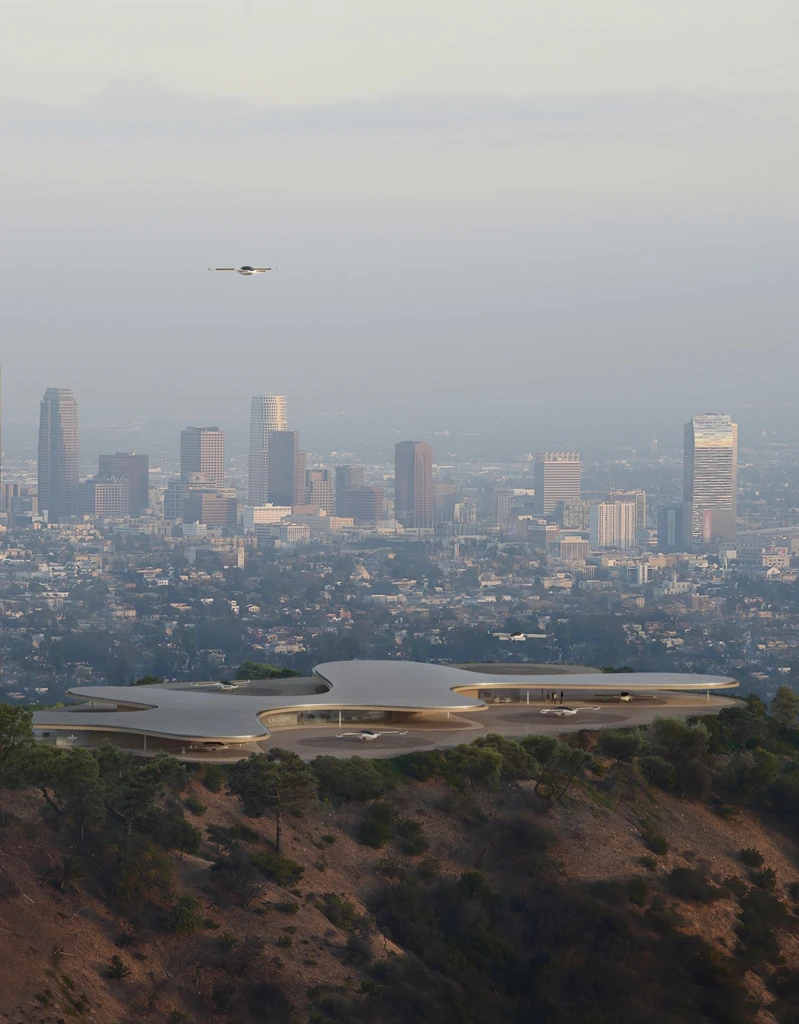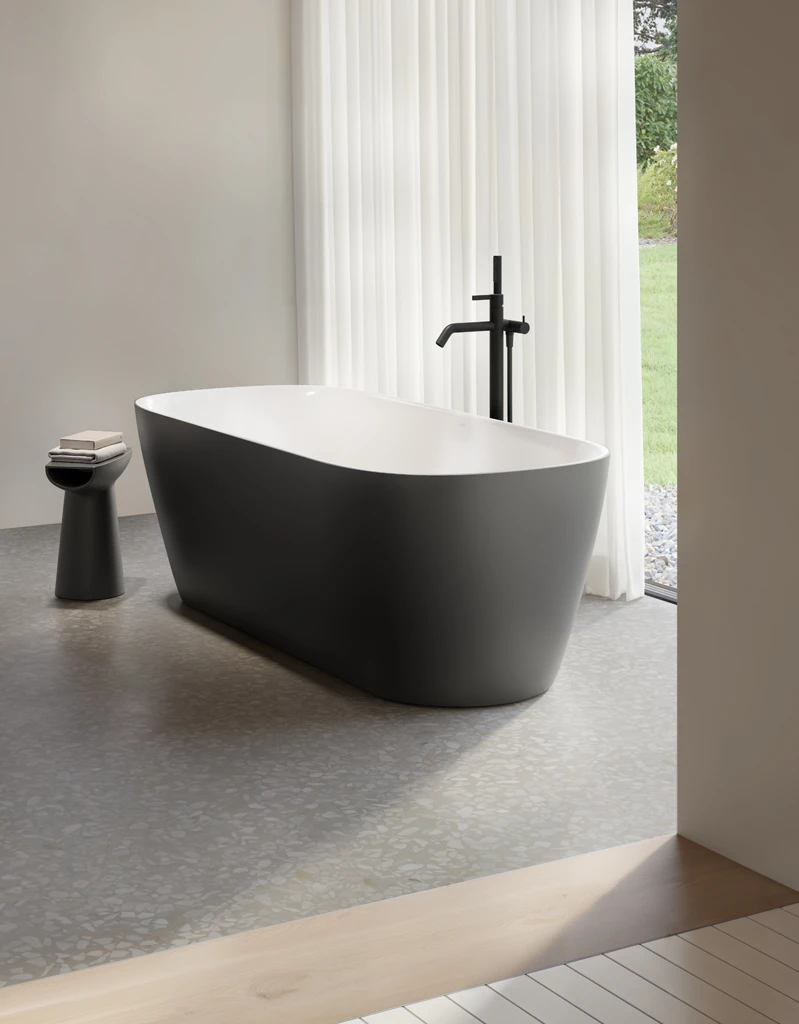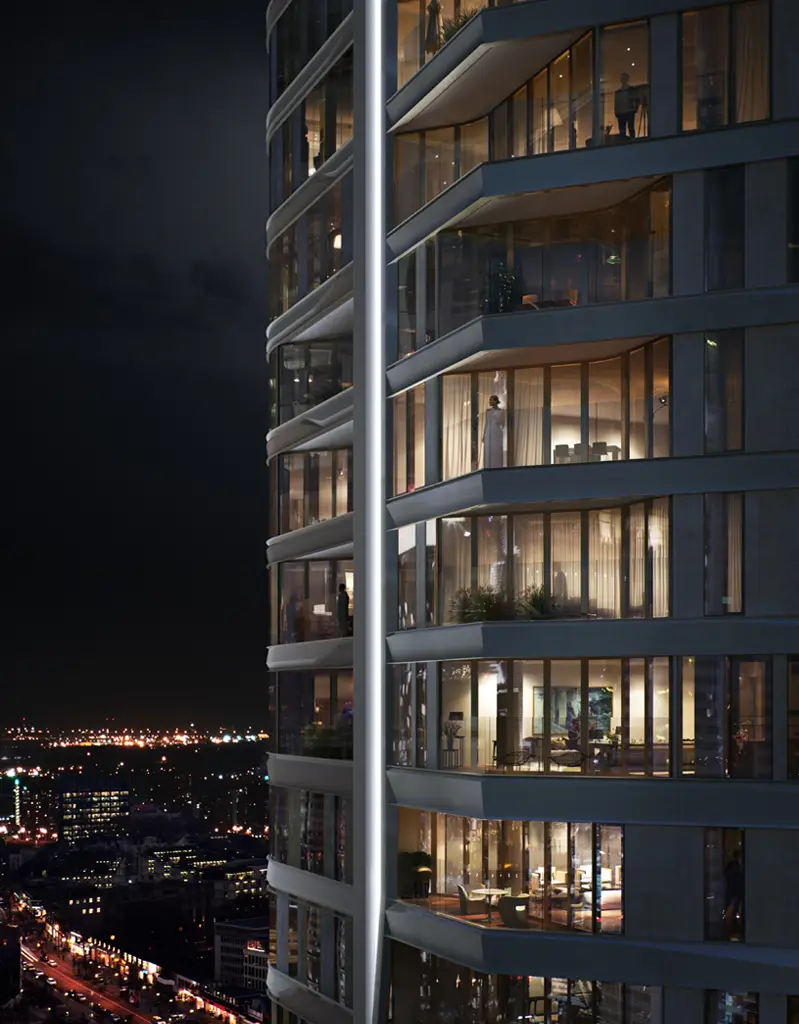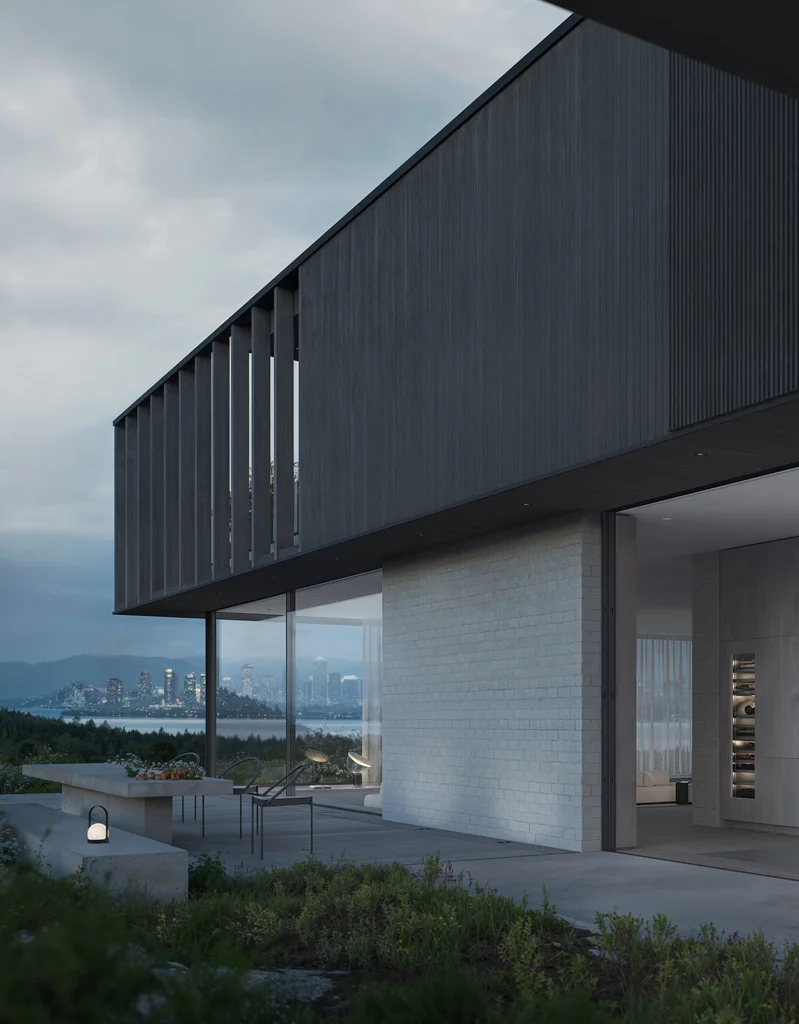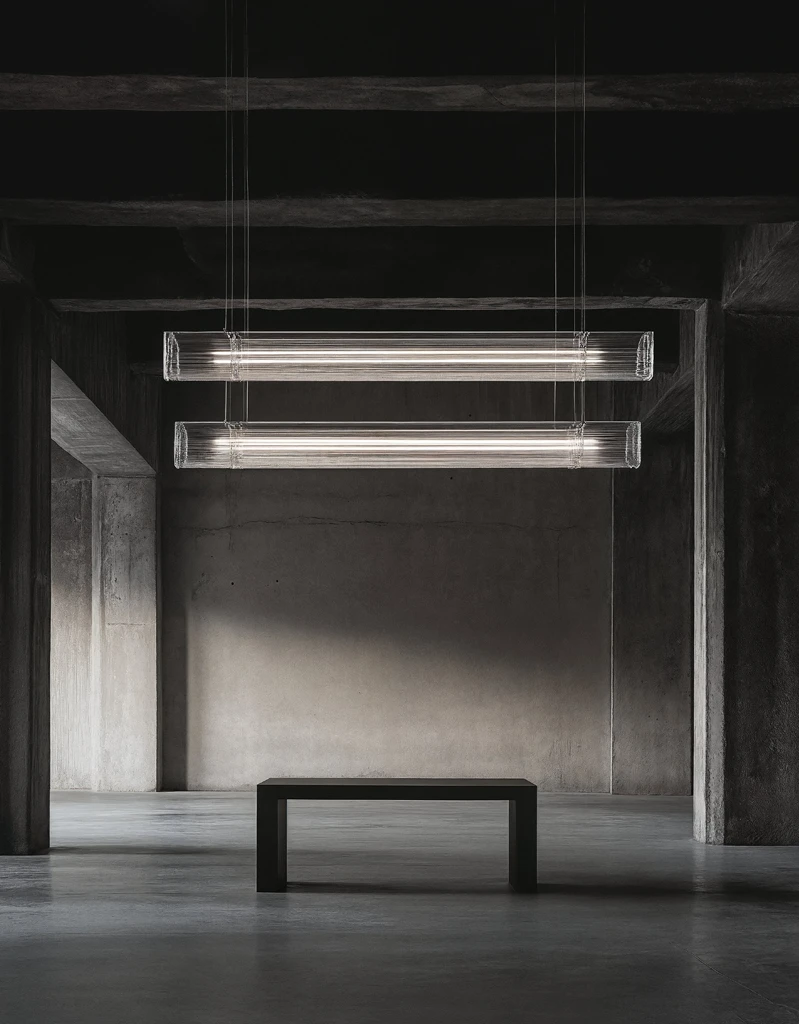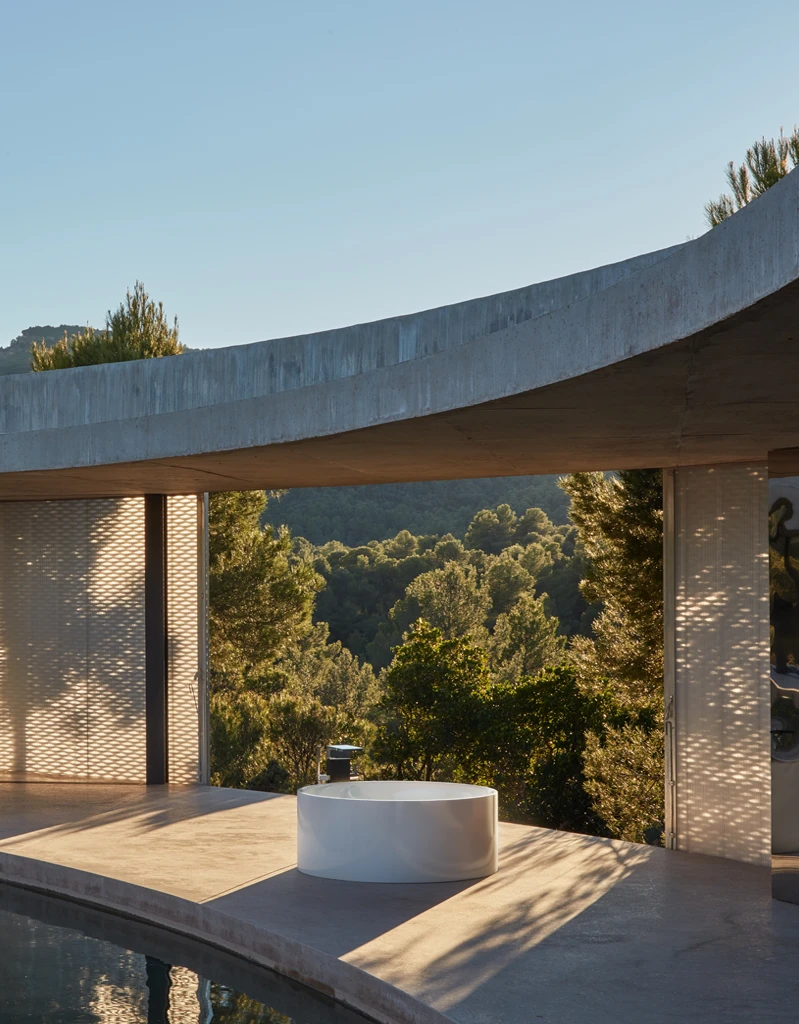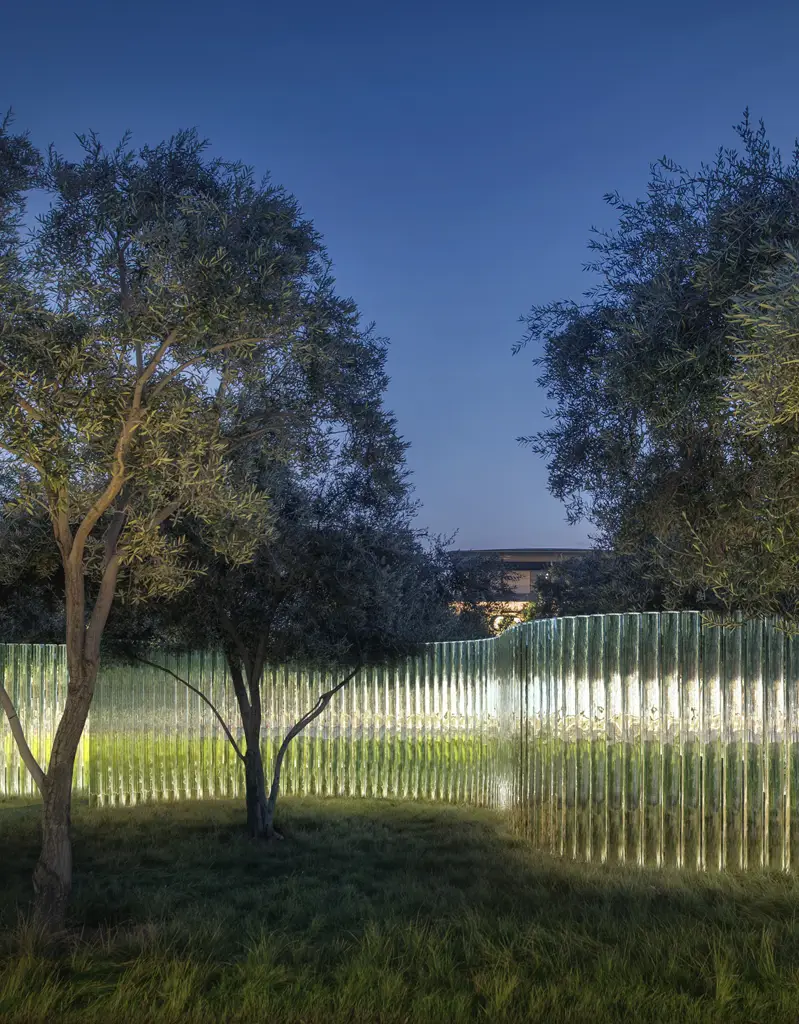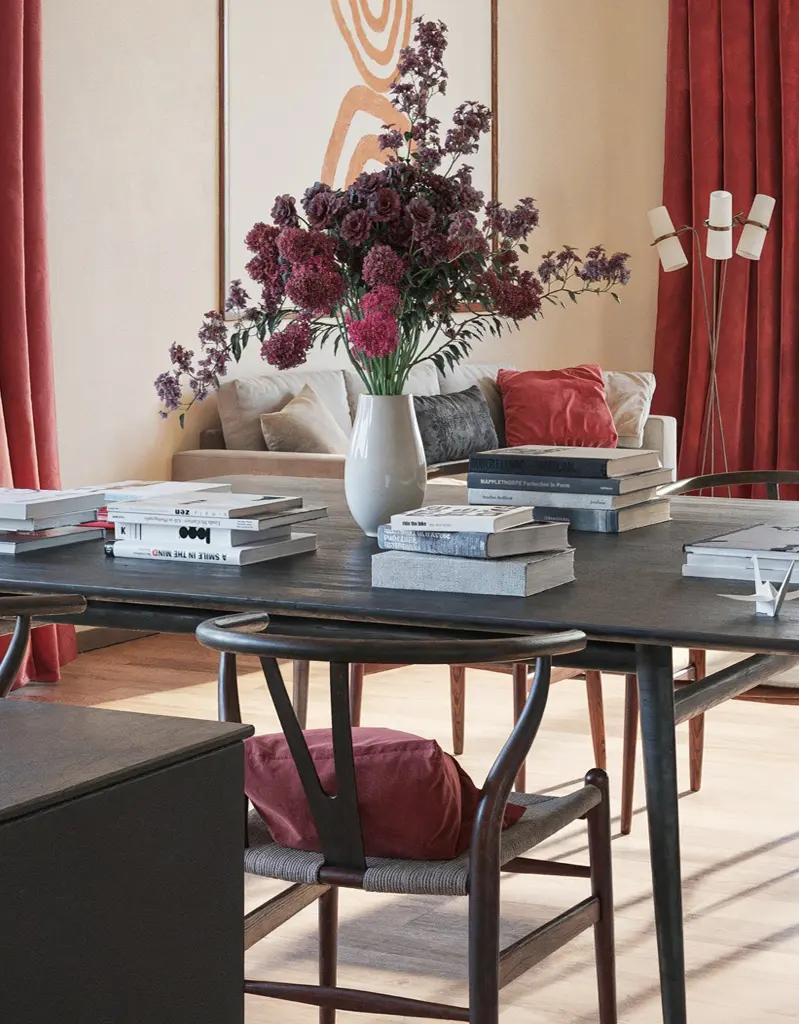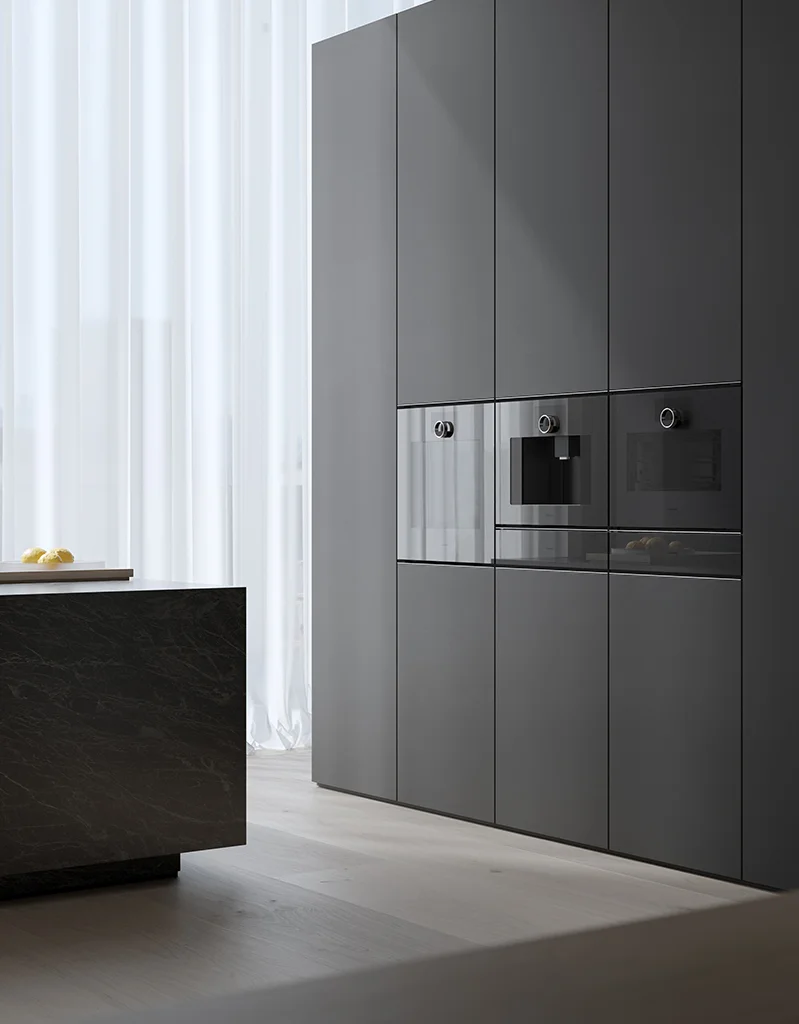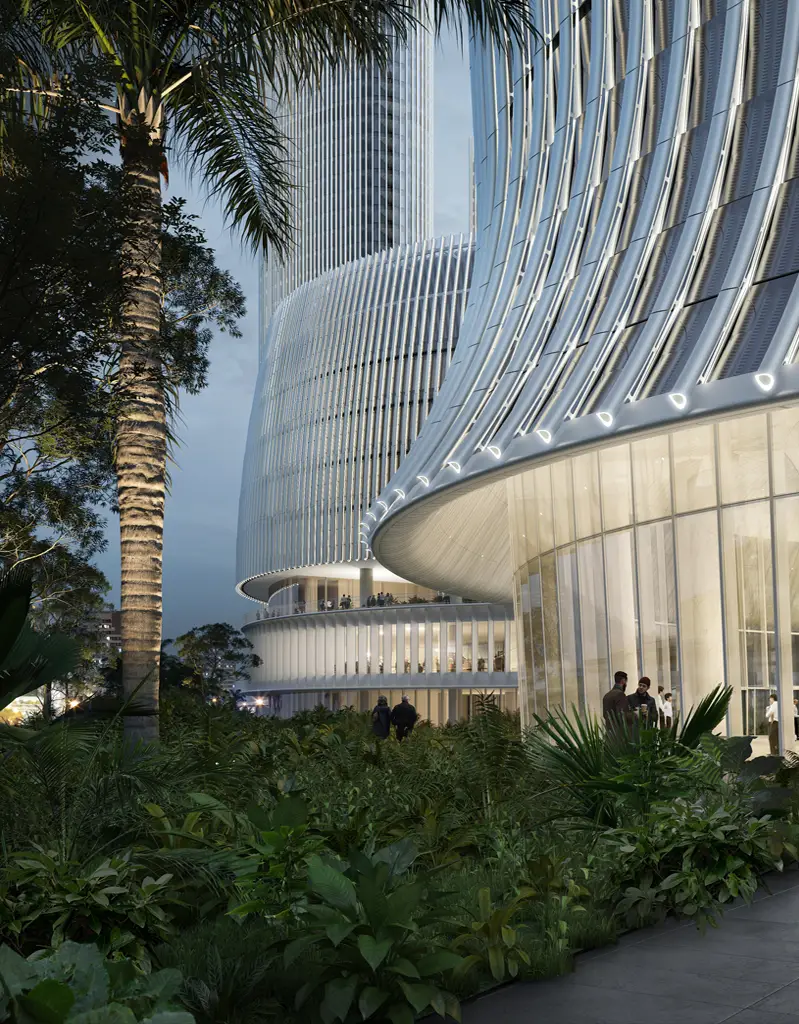
Architectural Illustration II
Romantic Realism
Representational Styles
There is no single answer that fits every question—just as there is no single representational style suited to every project. Over the years, we have developed the expertise to guide our clients in choosing the most appropriate medium and style of representation, and to execute each approach at a world-class level.
On this website, we have highlighted three distinct collections highlighting a different representational style. Taking the form of a conceptual “book,” each collection showcases completed work that exemplifies the respective stylistic approach. In the absence of more precise terminology, we refer to these three styles as: Neutral Realism, Romantic Realism, and Saturated Realism.
Romantic Realism
This book contains visualizations that we classify under the heading Romantic Realism.
Painting from the late-18th to the mid-19th century provides a useful point of reference to understand this style in contrast to photorealism. Here, reality is not simply depicted; it is transformed and illuminated.
A romantic artwork clarifies and heightens the reality of an idea, a vision, an atmosphere as opposed to just mirroring a sense of reality. In architectural visualization, the core aim remains to depict the architecture itself. However, the image composition, lighting, and entourage elements are often inspired by paintings from the Romantic era. This abstraction is particularly helpful when buildings are to be shown in emotionally charged contexts, even when many architectural details are still undefined.
By reducing realism in terms of material textures or construction details, we create a visual openness. This space allows specific emotional narratives—those tied to the future presence of the building—to be brought to the foreground.
The visualizations in this book were created in collaboration with the following architects: David Chipperfield, OMA, Herzog & de Meuron, SOM, Buchner Bründler, Hosoya Schäfer, Kleihues + Kleihues, Biwermau, Waechter Waechter,
This book contains visualizations that we classify under the heading Romantic Realism.
Painting from the late-18th to the mid-19th century provides a useful point of reference to understand this style in contrast to photorealism. Here, reality is not simply depicted; it is transformed and illuminated.
The visualizations in this book were created in collaboration with the following architects: David Chipperfield, OMA, Herzog & de Meuron, SOM, Buchner Bründler, Hosoya Schäfer, Kleihues + Kleihues, Biwermau, Waechter Waechter,
















